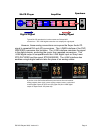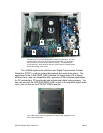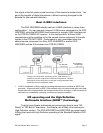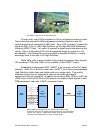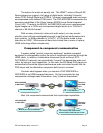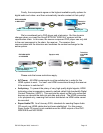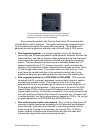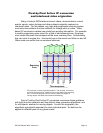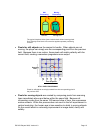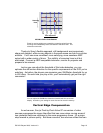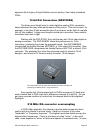ES DVD Players 2005, Version 4.0 Page 11
Video Performance
Precision Cinema Progressive™ circuitry
The purpose of today's high-end home theater systems is to recreate the
look and sound of the movie theater. This includes the vivid detail and seamless
coherence of the film frame. A crucial technology for achieving this goal is DVD-
Video playback with progressive scanning, "480P" output. This works with many
of today's "HD capable" and "HD monitor" televisions, which offer 480P inputs.
For example, Sony markets this capability as a Hi-Scan 1080i™ television. In
this context, 480P outputs have been promoted as a must-have feature in DVD
players. However, there continue to be important differences in how DVD
players generate the 480P signal. The DVP-NS9100ES and NS3100ES have
Sony's Precision Cinema Progressive system, a comprehensive approach that
incorporates two significant circuits to deliver a picture that comes closer than
ever to the original movie theater experience. Sony's Pixel-by-Pixel Active
interlace-to-progressive (I/P) conversion ensures maximum resolution, while
Sony's Vertical Edge Compensation reduces artifacts along the edges of
objects in the scene.
Pixel-by-Pixel Active I/P Conversion
Interlace-to-Progressive (I/P) conversion is a potentially tricky process.
The solutions range from inexpensive and simplistic to sophisticated Hollywood
postproduction systems that require powerful computation. Optimum I/P
conversion is challenging because there are so many different types of content:
1. Material originated on film (or on 24-frame progressive digital systems,
which in this context behave just like film).
2. Material originated on film and recorded onto DVD-R/RW or DVD+R/RW.
3. Material that quickly intercuts video and film-originated footage.
4. Material that has film and video showing at the same time.
5. Material originated on interlaced video.
These different types of DVD material place different demands on the I/P
converter. A conversion strategy optimized for material originally shot on film will
not get the best results for material originally shot on interlaced video, and vice
versa.




